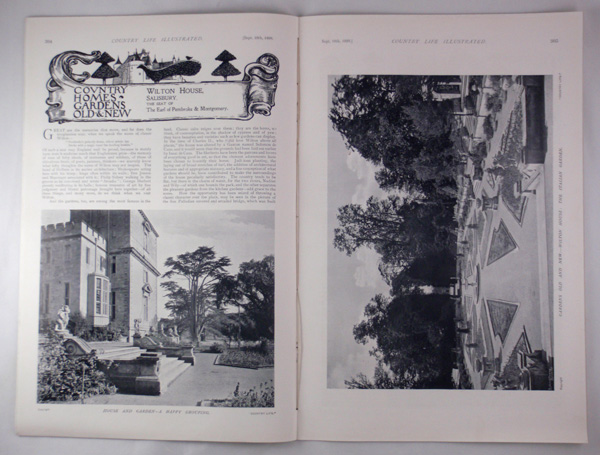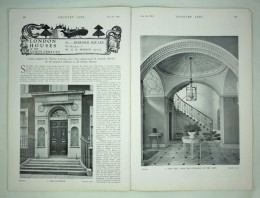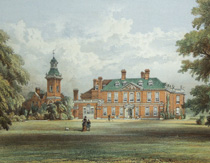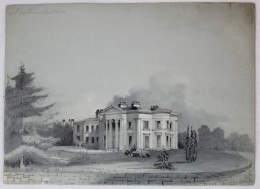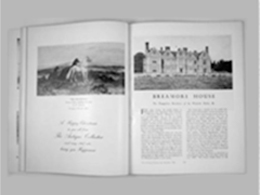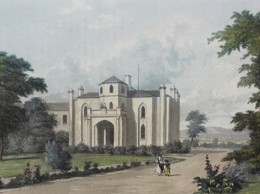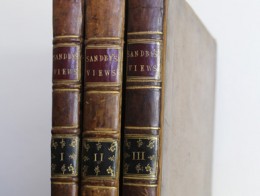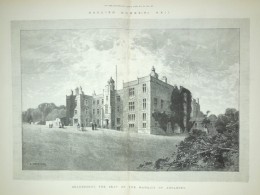
Inigo Jones (1573-1652)
Born in Smithfield, London very little accurate information exists on the early life or career of Inigo Jones, only that he was the son of a cloth maker of Welsh descent and that his rise to be one of the greatest and most influential architects and artists that England has ever known was not one of conventional means.
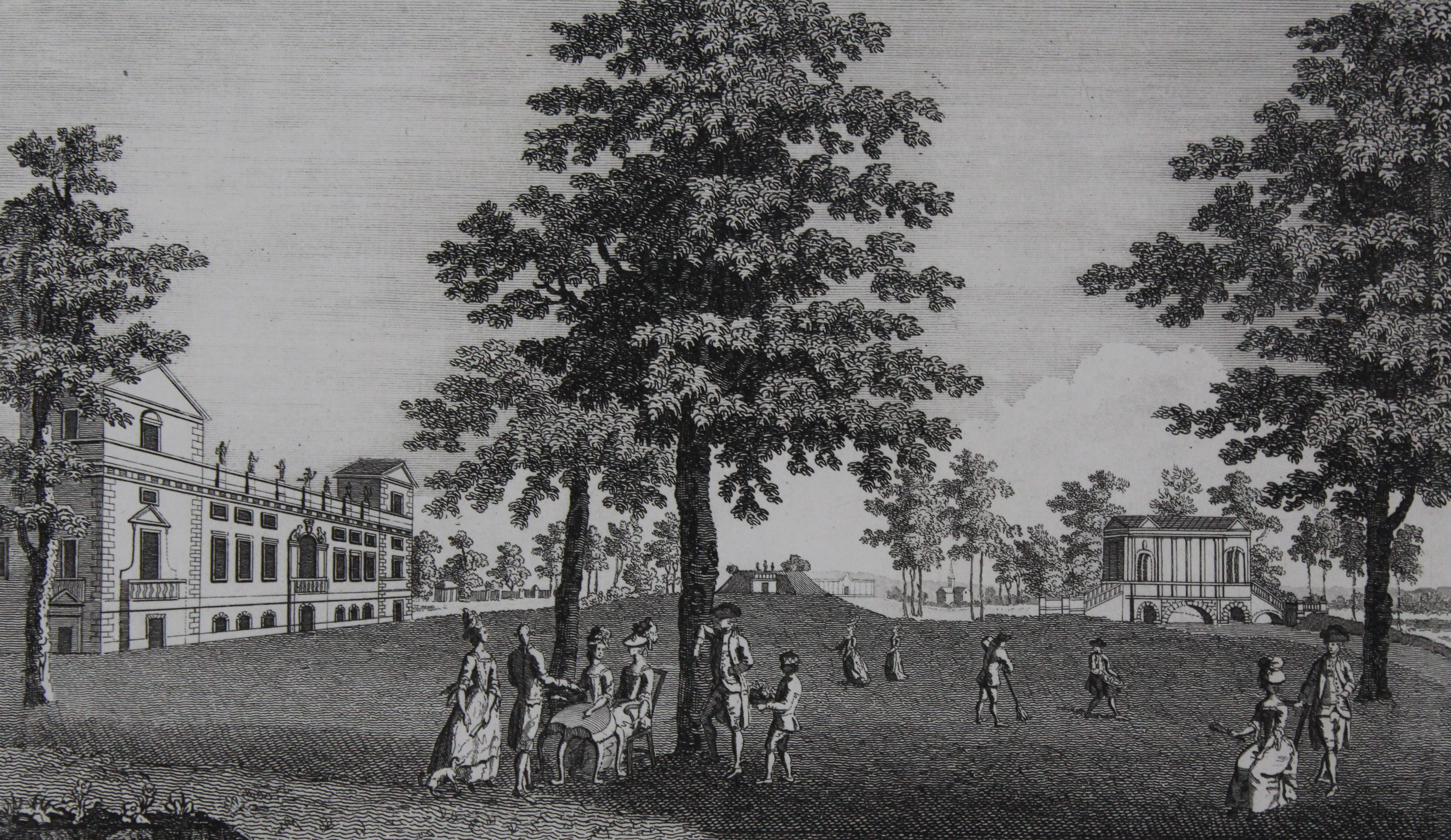
It is said that he first began work as a painter and joiner for the Manners family, the family of Lord Roos and the Earl of Rutland, and whilst accompanying a member of the family on a tour of Italy in 1598 Jones was first inspired by the structures of Venice. In Venice he would see the works of and learn about the masters of the Italian Renaissance such as Sansovino, Sanmicheli and Palladio.
This first trip to Italy also exposed Jones to the newly forming Masque courtly entertainment and all of the theatrical costume and set construction of this most extravagant style of entertainment, a style of entertainment he would export to England after a brief period of employment in the court of King Christian IV of Denmark.
Through the royal connection of Christian IV’s sister Ann of Denmark, Queen to James I, Inigo Jones would return to England in 1604 to work creating masques for the Royal court and start his long running partnership with the poet and playwright Benjamin Jonson. Jones’ career in this theatrical world would last for over three decades and during this time he would revolutionise set design and construction with the first recorded introduction of moving sets to English theatre as well as the proscenium arch which still today dominates theatre and film productions worldwide.
Producing numerous masques for members of the Royal court over the next few years, Inigo would attract the attention of Henry Prince of Wales for whom he produced several masques for, including with his cohort Benjamin Jonson the notable Masque of Oberon, and eventually be appointed Surveyor of Works to Prince Henry in 1610. Unfortunately, within two years the prince would die from typhoid leaving Jones without a patron.
Jones would then leave for a second Grand Tour of Italy, this time accompanying the 14th Duke of Arundel Thomas Howard. This second trip would cement Jones’ understanding and love of the classical Italian Palladian style with its base in the Vitruvian theory of firmitas, utilitas and venustas, (strength, utility and beauty).
Returning to England in 1614 he was soon appointed the role of Surveyor to the King's works which he would maintain until the outbreak of the Civil War. His first commission in this role was that of The Queens House at Greenwich, London. Revolutionary, this became the first wholly classical Renaissance building in England constructed in the true Palladian Style. With symmetrical façade roman ionic loggia and principal rooms raised to the first floor it would become a blueprint for houses of grandeur for decades to come.
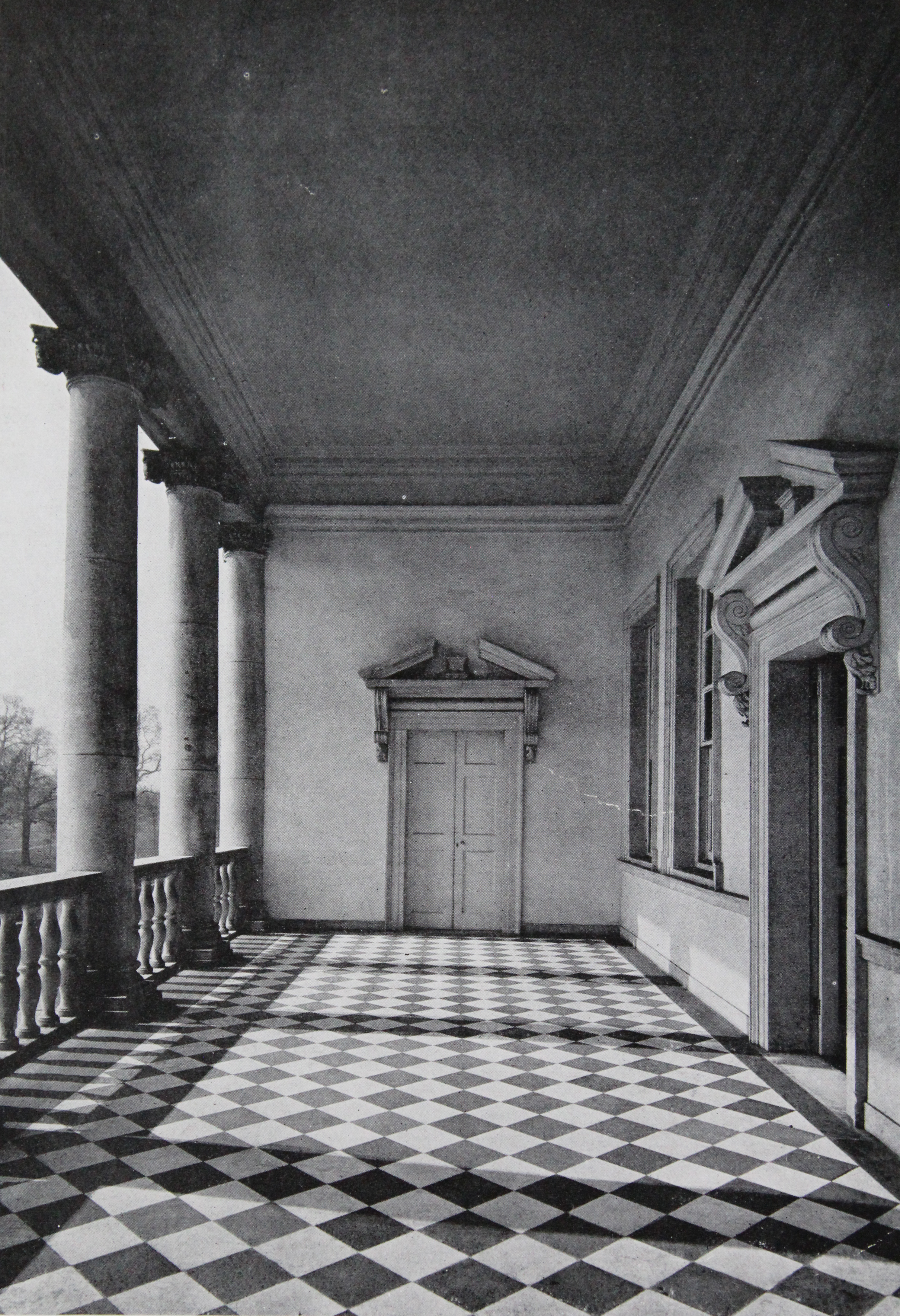
The next iconic building that Jones would design would be Banqueting House at Whitehall where he would use the double cube Palladian technique for the main hall. The façade was originally completed in three different colours of stone but was re faced in white Portland stone by Sir John Soane in the 19th century but such was the respect by Soane for his predecessor that he followed the original design faithfully.
Other London works that Inigo would undertake include the design of Covent Garden Square for the Earl of Bedford from which he took inspiration from the piazza of Livorno and when asked to produce a church for the square that would be “just a barn” to save money, Jones replied to the Earl he would have “the finest barn in Europe”. Lincoln’s Inn Park would also be laid out by Jones with two of his original houses still surviving today at numbers 59 and 60 Lindsey house which themselves would serve as a blueprint for John Nash’s Regents Park properties. Queens chapel St James was constructed by him under the bequest of Charles I between 1623 and 1627 and he would also remodel St Paul’s Cathedral although this would be consumed by the Great Fire of London in 1666.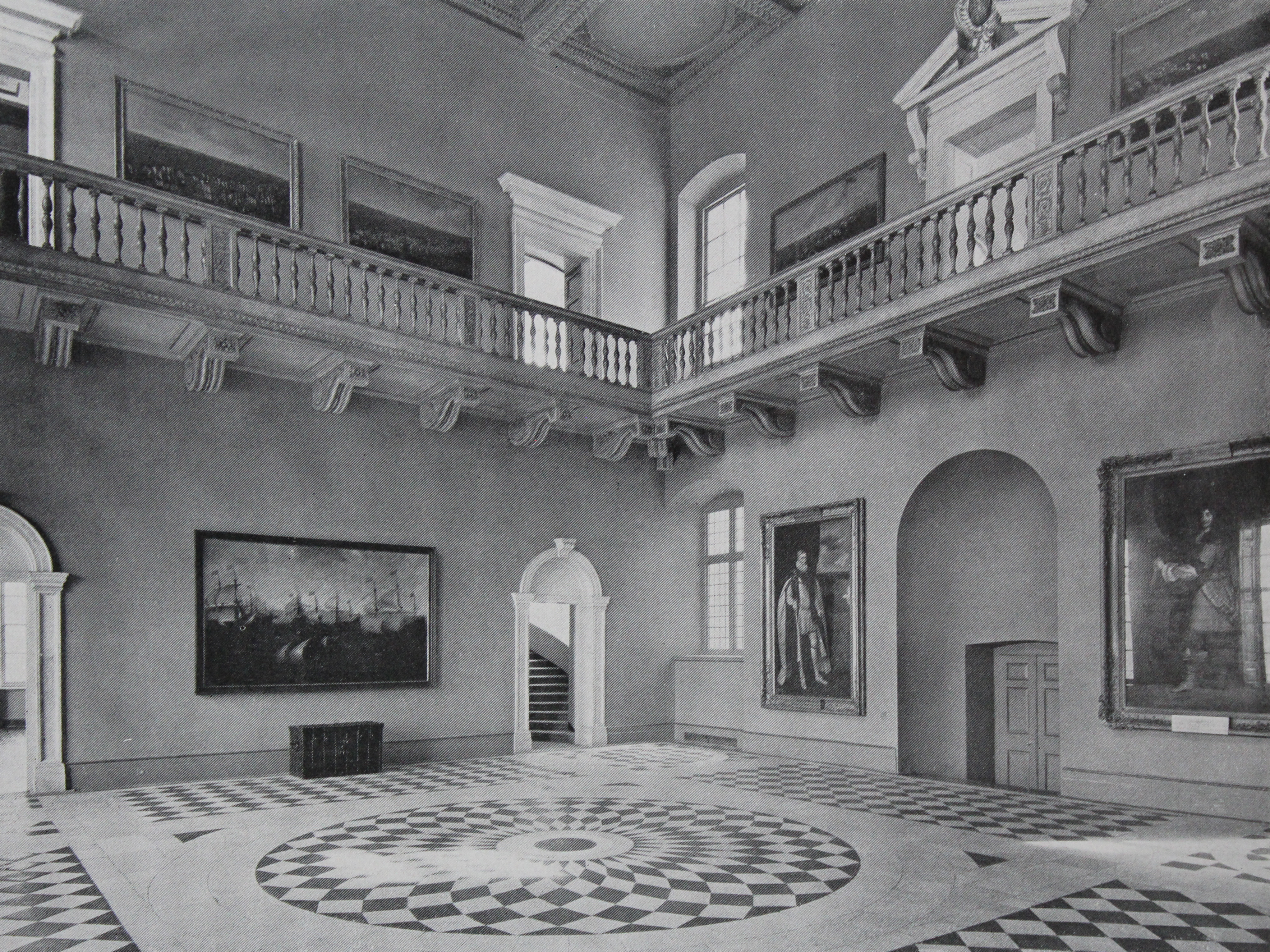
Outside London Inigo would construct with the assistance of his nephew, John Webb for the 4th Earl of Pembroke the now quintessentially English south wing of Wilton house, described then as being of “the Italian style”. He would also design Coleshill House in Berkshire, although it was constructed after his death by Sir Roger Pratt, which is described by Pevsner as “the best Jonsian mid-17th century house in England”. Coleshill unfortunately was demolished in 1958 after being gutted by fire two years earlier.
With the outbreak of Civil War Jones would find his career at an end and being a Royalist, he would lose all of his property after he was caught at the third siege of Basing House. Although he would have his properties returned to him he would live out his days in Somerset House and die unmarried with no official progeny, although evidence points towards his niece Anne who had also been described as his daughter and heir by John Webb whom she married.
Inigo Jones was a self-made, self-taught man who has been described as England’s greatest artist and is un-doubtfully one of the most influential individuals of English architecture and theatre to have lived, delivering to us a fully formed classical style that would become so absorbed into British culture that its roots in Roman history would almost be forgotten.

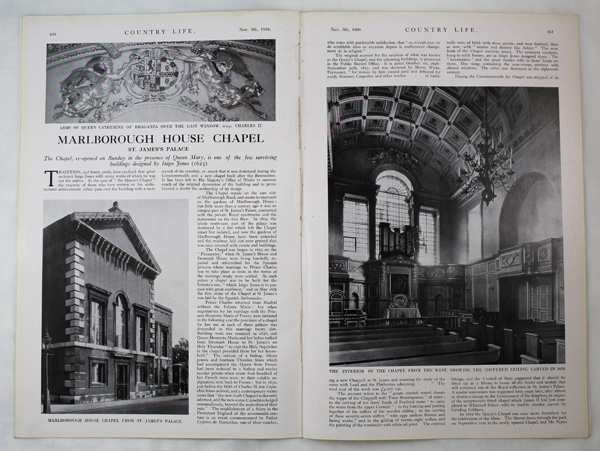
Marlborough House Chapel in St James's Palace, Designed by Inigo Jones
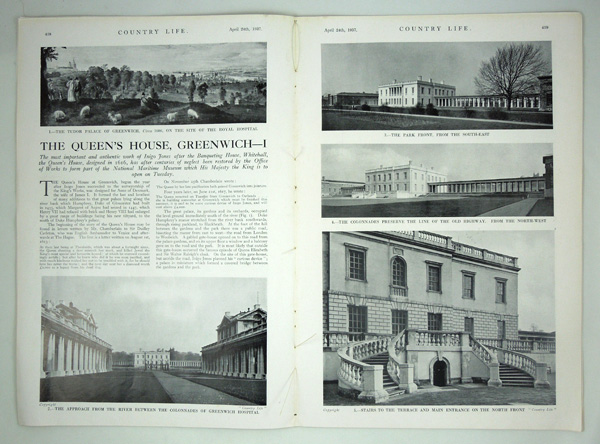
The Queen's House, Greenwich (Part-1)
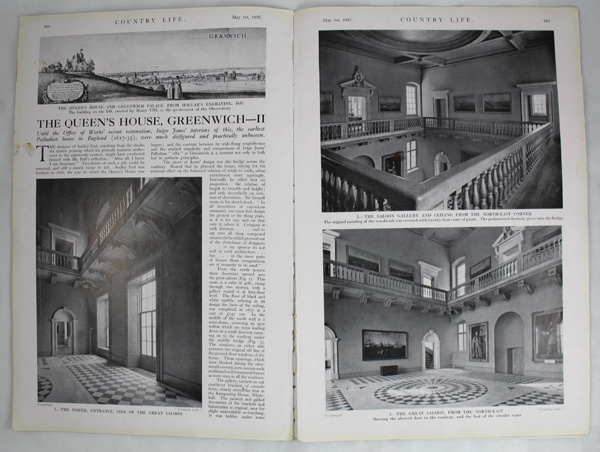
The Queen's House, Greenwich (Part-2)
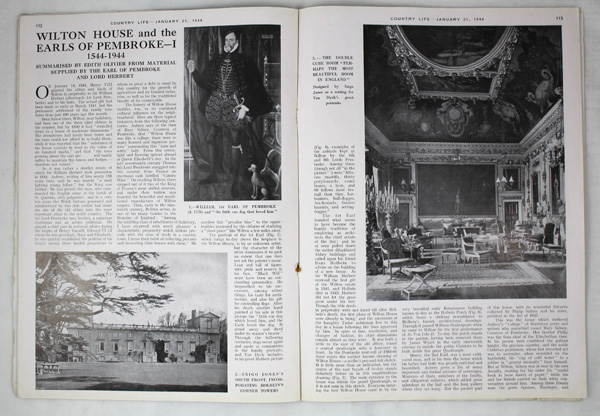
Wilton House and the Earls of Pembroke 1544-1944 (Part-1)
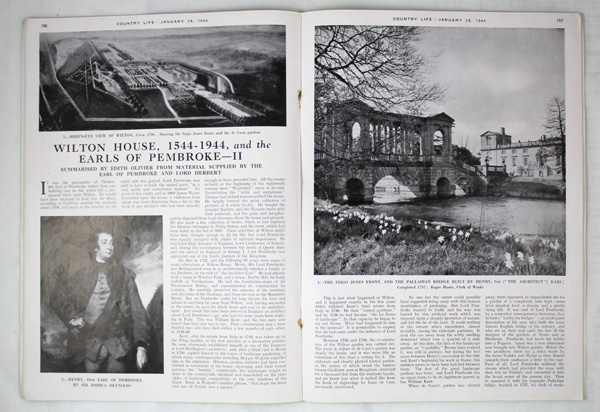
Wilton House and the Earls of Pembroke 1544-1944 (Part-2)
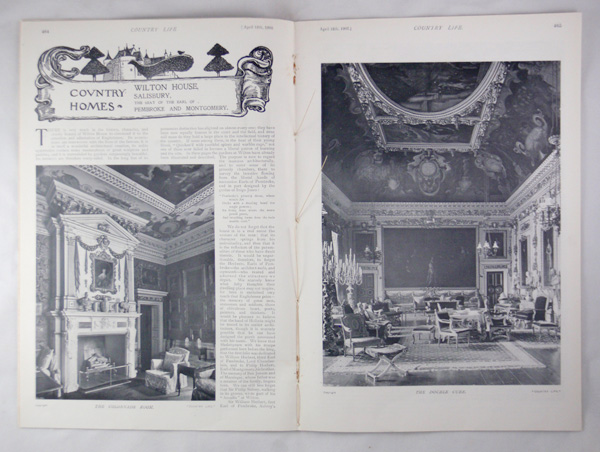
Wilton House, the Seat of the Earl of Pembroke & Montgomery
